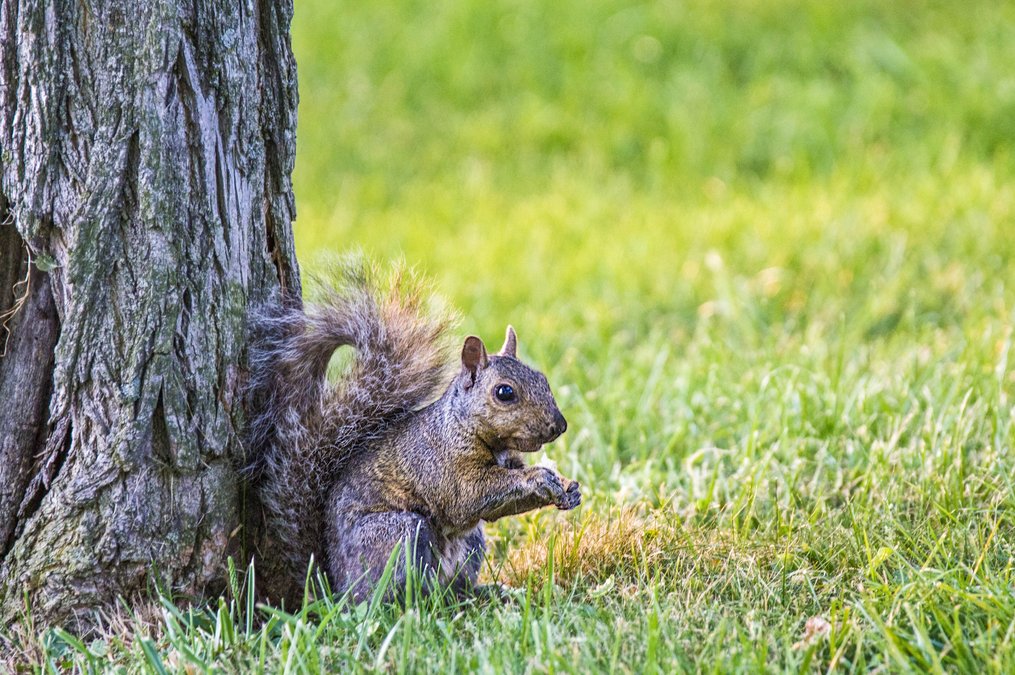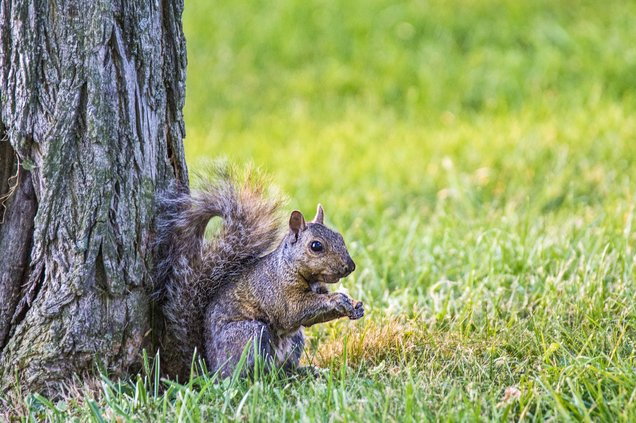As neighborhoods expand into former farmland and wildlands, encounters with wildlife are becoming more common across the region. From raccoons in attics to coyotes trotting down sidewalks, suburban residents are learning to share space with nature’s original tenants.
Why Wildlife Is Moving In
Urban development often displaces animals from their natural habitats, pushing them into residential areas where food, water, and shelter are readily available. Bird feeders, pet food bowls, unsecured trash cans, and overgrown yards can all attract unwanted visitors.
Common Suburban Wildlife
Residents may spot:
Raccoons, opossums, and skunks under decks or near trash bins
Coyotes and foxes roaming at dawn or dusk
Snakes hiding in gardens or woodpiles
Bats and squirrels nesting in attics
Deer and rabbits grazing on landscaping
While most wildlife is harmless and prefers to avoid humans, some species can carry diseases like rabies or pose risks to pets.
Prevention Tips For Homeowners
To reduce wildlife conflicts:
Secure trash cans with tight-fitting lids
Remove pet food from porches and yards
Trim overgrown vegetation and eliminate brush piles
Seal entry points into attics, crawl spaces, and sheds
Keep pets indoors, especially at night
If you encounter wildlife, keep your distance and never attempt to feed or handle the animal. Sick or aggressive behavior – such as staggering, excessive drooling, or daytime activity in nocturnal species – should be reported to Animal Control.
Coexistence And Education
Wildlife can offer unexpected benefits: bats control insects, snakes reduce rodent populations, and birds contribute to pollination and seed dispersal. Community education and awareness are key to fostering safe, respectful coexistence.
As one expert put it, “It’s their yard too.” With a few simple changes, residents can protect their homes while preserving the natural balance of our shared environment.





